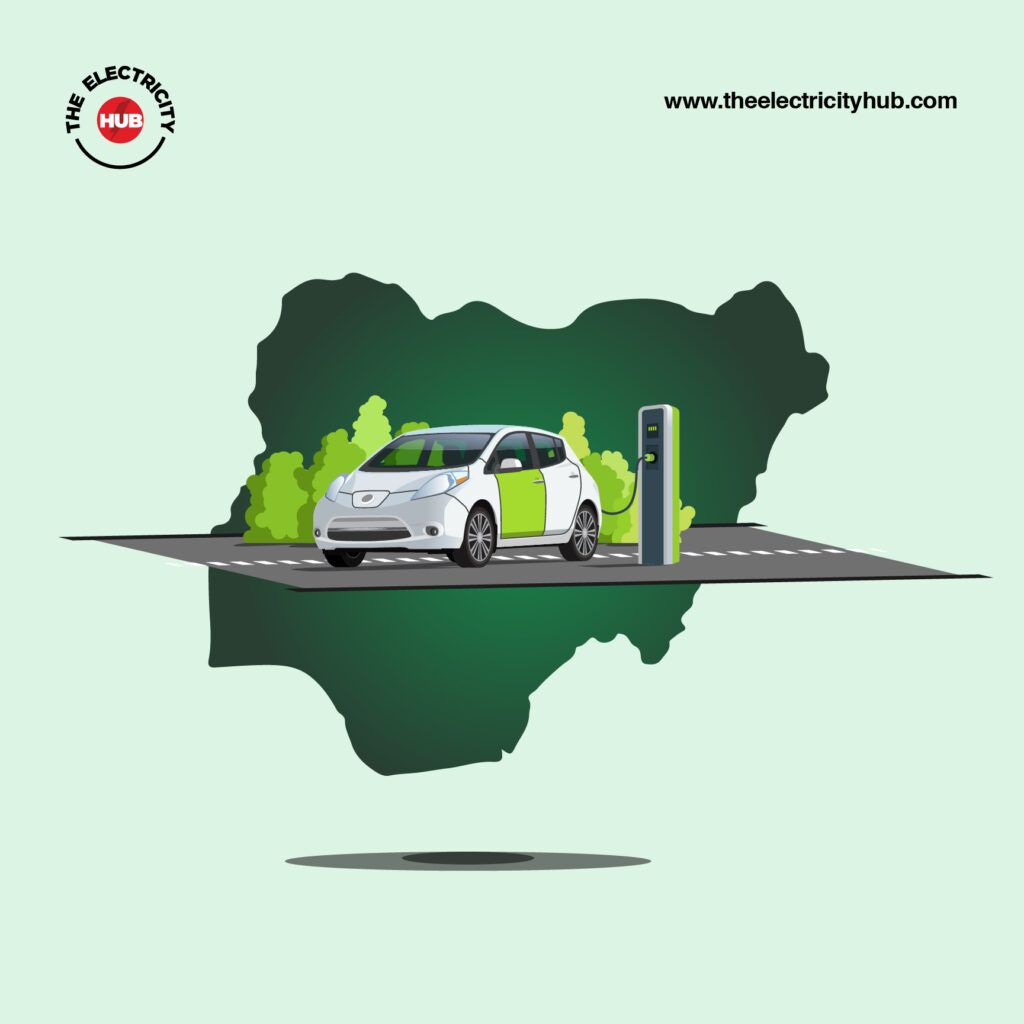
The transport sector is a major contributor to carbon emissions. A report states that the sector is the most reliant on fossil fuels of any sector and will be responsible for 37% of CO2 emissions from end-use sectors in 2021. According to the International Energy Agency (IEA), the transport sector was the most hit of all sectors by the covid-19 pandemic, causing a reduction in the number of emissions. However, a rapid increase in the number of emissions from the sector has emerged post-2020. A Statista report shows that emissions relating to transportation were more than 7 billion metric tons of carbon dioxide (GTCO2) in 2020, which is still a 12% decline compared to 2019 at 8.25 GTCO2. This shows the need for massive decarbonisation of the sector globally if the temperature goals of the Paris Agreement will ever become a reality.
In Africa, according to the United Nations Environment Programme (UNEP), about 600,000 people die every year as a result of air pollution. In a continent where transportation is one of the major causes of carbon emissions, and growing at an annual rate of 7%, it has become much more important that the transport sector is decarbonised. Considering current options, electrification of the current mobility fleet is one way to reduce the transportation sector’s carbon footprint. However, for this to be achieved, certain factors must be considered if the adoption of electric mobility is successful in the continent.
One such is the Infrastructural needs. Africa needs to ramp up its use of clean energy in the generation, transmission and distribution of clean electricity for the transport sector to be decarbonised. Without using this as a way to close the electricity access gap that still lingers in most Sub-Saharan African countries. In a country like Nigeria, where electricity access is still below 60%, the need for a massive improvement of the infrastructural needs for total energy access cannot be overstated. The ramping up of the electricity access rate would further help establish clean mobility in the country and the entire SSA region. This would come into play by having excess electricity as an incentive towards developing critical infrastructures such as charging stations across the country. Therefore, the development of electrified mobility hinges not on the direct availability of charging stations and other
clean mobility-based infrastructures but on the increase of energy access and its consumption in the region.
Another is the Investment needs. This follows the required financial and institutional development necessary for the widespread adoption of electric mobility in the SSA region. An example of such is the Africa Mobility Project which is being championed by UNEP in some countries in the African continent. The organisation is working on clean mobility projects, including electric two and three-wheelers, light-duty electric vehicles and zero and low-emissions buses. With several initiatives like this between international organisations, government agencies, local companies and development institutions, the adoption of electric mobility can be further accelerated in the region.
While there is common regard for the proactivity of Nigeria in setting up policies among its African counterparts, electric mobility has not received this kind of attention in the country. It is, therefore, apparent that there is a need for developing a Nigeria e-mobility adoption strategy that outlines relevant policies that will improve the use and adoption of electric vehicles in the country. One such policy could be stating a timespan on importing second-hand ICE vehicles into the country and the total eradication of fuel subsidies. This will be a form of incentive for investors to come into the country, focusing on clean mobility. Another policy could look toward partnerships that will ramp up the development of local actors in the country, contributing research and development that could initiate the implementation of charging stations by local manufacturers.
In conclusion, the adoption of electric mobility, though it may seem a long shot in Nigeria, is still very viable, and for the viability to become a reality, several initiatives like the ones above must be taken in earnest if the anticipated reality of electric mobility in the country will ever be achieved.